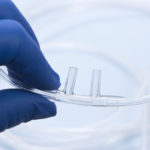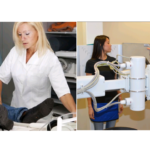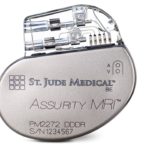ATTLEBORO, MA – A recent study shows that oxygen administration is significantly less effective for patients who wear their nasal cannulas as a headband. Nasal cannulas are traditionally placed inside the nares, possibly causing mild discomfort but allowing the necessary oxygen to freely flow directly into the body through the nose. However, patients have found new and … [Read more...] about Study Shows Oxygen Less Functional When Nasal Cannula Worn as Headband
Uncategorized
MRI Technologist And Radiological Technologist Are Among The 100 Best Jobs of 2017
In the hunt for a new opportunity or gainful employment, it's best to start at the top. Wednesday morning, U.S. News and World Report released its 2017 list of the 100 best jobs. More than half of the 100 best jobs are linked to health care. Dentist was at the top of the list, followed by nurse practitioner and physician assistant. Several medical positions also topped the … [Read more...] about MRI Technologist And Radiological Technologist Are Among The 100 Best Jobs of 2017
I Didn’t Vaccinate My Kids and the One Who Lived Turned out Fine
TRUTH ALERT: I didn’t vaccinate my kids and the one who lived turned out just fine. You heard me. When each of my five children were born, my husband and I made the decision NOT to pump our kids full of “vaccines” and “preventative medicines” despite the societal pressure to do so. And today we have one perfectly fine child who lived to see her 13th birthday. If you want … [Read more...] about I Didn’t Vaccinate My Kids and the One Who Lived Turned out Fine
Abbott’s tiny wireless pacemaker is now MRI-compatible
The FDA approved MRI-conditional labeling for Abbott’s tiny wireless pacemaker, making it the smallest and longest-lasting MRI-compatible device of its kind. The new labeling also applies to a pacing lead. The company picked up the Assurity MRI pacemaker and the Tendril MRI pacing lead in its acquisition of St. Jude Medical, which closed earlier this month. The pacemaker … [Read more...] about Abbott’s tiny wireless pacemaker is now MRI-compatible
Do You Know The Names Of These Surgical Instruments ? (3rd part)
Pick The right Option. … [Read more...] about Do You Know The Names Of These Surgical Instruments ? (3rd part)




